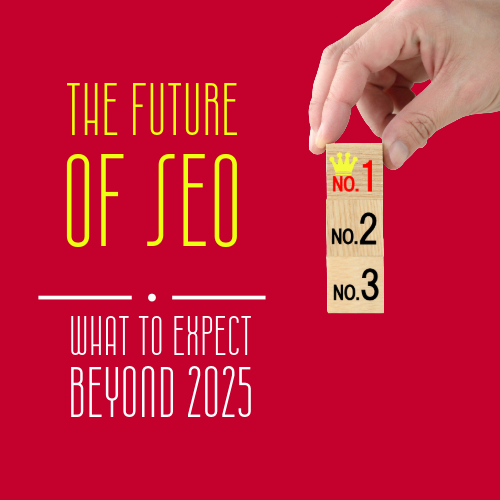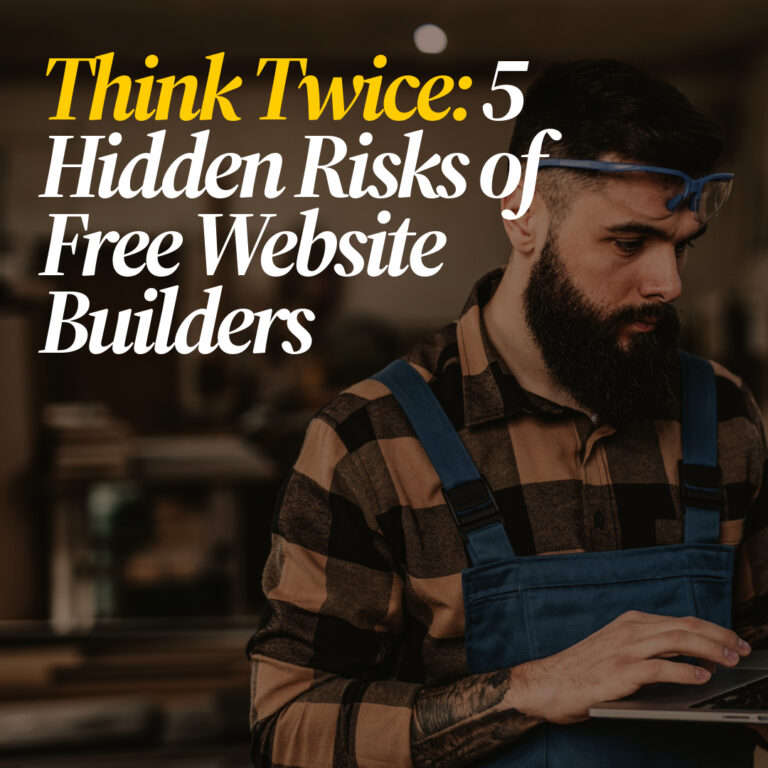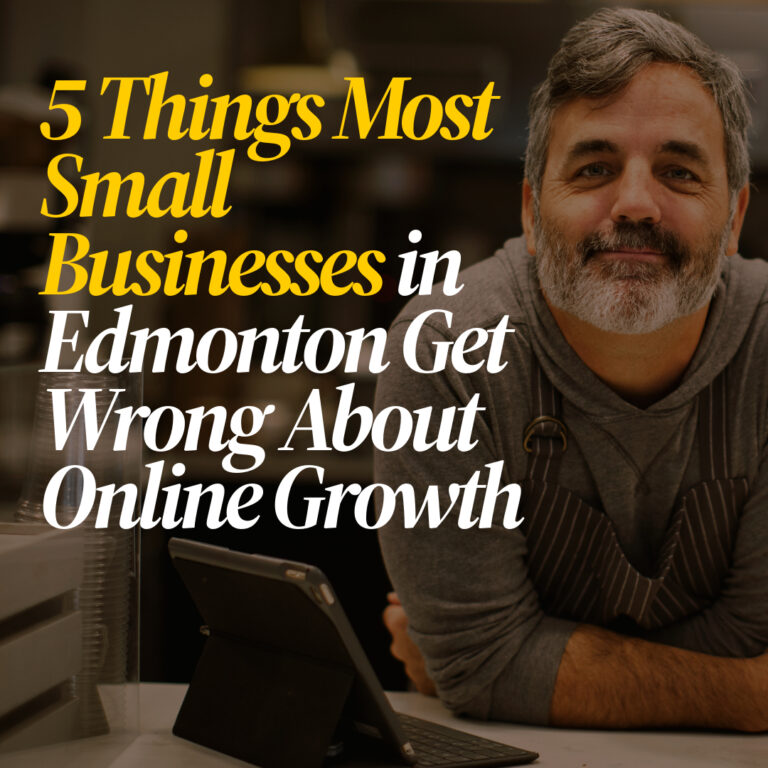The Future of SEO Beyond 2025: Strategies That Will Actually Work

The Future of SEO: What to Expect Beyond 2025
Search Engine Optimization (SEO) is not dead, but it’s no longer enough to just write blog posts and add keywords. As we move into the post-2025 era of digital marketing, SEO and Paid Ads (PPC, Google advertising) are converging in both strategy and intent. The rules are shifting, and if you’re still playing by the old ones, you’re likely missing the bigger picture.
This guide breaks down where SEO is headed, what you should stop doing, and how to strike a balance between organic traffic and paid visibility that reflects Google’s real priorities—not just algorithm rumors.
1. The Problem: Businesses Are Torn Between SEO and Paid Ads
The problem many businesses face today is the growing tension between investing in SEO and paid ads, each offering distinct benefits but demanding different strategies and resources.
What’s at Stake?
- You want sustainable traffic, but SEO takes time.
- You need quick conversions, but PPC burns cash fast.
- Google keeps tweaking what “quality content” and “relevance” mean.
Real question:
Should you keep investing in SEO, shift fully to Paid Ads, or balance both?
2. What Google Actually Wants: The Incentive Game
Let’s get real—Google is a business. Their financial reports show that over 80% of Alphabet’s revenue comes from Ads (Google Q1 2024 earnings). But at the same time, they publicly emphasize helpful content, user experience, and site quality.
Translation:
Google wants users to trust organic results, but they monetize clicks via Ads. So, while Paid Ads get more visibility, SEO remains essential for trust, authority, and long-term growth.
What They’ve Said (and Done):
- Google’s Helpful Content Update (2022 onward): Focus on people-first content.
- Core Web Vitals: Page speed and UX now directly impact rankings.
- AI Overviews & Search Generative Experience: Google’s AI may summarize organic results, but still shows paid ads prominently.
3. SEO vs Paid Ads: The Honest Breakdown
| Aspect | SEO (Organic) | Paid Ads (PPC/Google Ads) |
|---|---|---|
| Time to Results | Slow (3–6 months) | Fast (1–7 days) |
| Cost Structure | Front-loaded (content, tech, SEO) | Ongoing (pay per click/impression) |
| Trust & Authority | High (users trust organic results) | Lower (seen as promotional) |
| Scalability | Medium (limited by content/output) | High (budget + bidding = fast scaling) |
| Click-Through Rate | Higher for top 3 organic positions | Lower, but can be placed above organic |
| Lifetime ROI | High if sustained | Moderate—drops when you stop paying |
4. What to Expect in SEO After 2025
After 2025, SEO will continue evolving toward a more user-centric and AI-integrated landscape, where traditional tactics alone won’t be enough. Expect search engines to place even greater emphasis on context, intent, and content authenticity, driven by advancements in machine learning and natural language understanding.
4.1 AI-Influenced Ranking Will Dominate
Google is leaning hard into AI-driven summarization, which means ranking for snippets or AI summaries is now a strategy, not an accident.
What to do:
- Structure your content for semantic clarity (H2s, FAQs, TL;DRs).
- Use schema markup.
- Write with concise, quotable, informative blocks.
4.2 Topical Authority Will Outrank “Just Content”
You can’t just publish random blog posts anymore. Google’s future SEO will reward complete topic coverage and internal link structure over keyword stuffing.
Action Steps:
- Build content clusters (pillar + subtopics).
- Use internal linking to signal depth.
- Focus on search intent, not just volume.
4.3 UX Signals Will Impact SEO Directly
From scroll depth to bounce rate to click satisfaction—Google will increasingly tie user engagement metrics into organic rankings.
How to prepare:
- Prioritize clean mobile design and fast load times.
- Use interactive elements (FAQs, tabs, collapsible text).
- Track user behavior and refine pages accordingly.
5. How to Decide: SEO, Paid Ads, or Both?
Deciding between SEO, paid ads, or a combination of both comes down to understanding your business goals, timeline, and budget. SEO is a long-term investment that builds organic visibility and trust over time, making it ideal for sustainable growth and brand authority. Paid advertising, on the other hand, delivers immediate traffic and is highly effective for time-sensitive campaigns or product launches. However, its benefits stop when the ad spend ends.
For many businesses, a hybrid strategy offers the best of both worlds—leveraging the enduring impact of SEO while using paid ads to capture quick wins, test new offers, or dominate competitive keywords.
5.1 How to Know If SEO Is Right for You:
- You’re in a competitive niche where authority builds trust
- You can invest 3–6 months for long-term visibility
- You want stable, compounding results over time
- You can consistently publish high-quality content
5.2 When Paid Ads Might Be Smarter:
- You need immediate leads or sales
- You’re testing a new product or market
- You’ve got a high LTV product with room for ad spend
- You’re running a seasonal or time-sensitive campaign
6.0 Future-Proof Your SEO: What to Start Doing Now
To future-proof your SEO, start focusing on strategies that prioritize user experience, high-quality content, and adaptability to algorithm changes. Search engines are becoming increasingly sophisticated, rewarding websites that demonstrate real expertise, trustworthiness, and relevance.
This means you need to:
- Shift from “ranking” to “earning clicks” through better titles, meta descriptions, and snippet-worthy content.
- Invest in content design: visuals, user flow, mobile responsiveness.
- Use analytics to segment traffic: organic vs paid vs referral—optimize each experience.
- Focus on E-E-A-T (Experience, Expertise, Authoritativeness, Trustworthiness).
- Prepare for zero-click results by prioritizing direct answers and brand visibility.
SEO Isn’t Dying—It’s Maturing
The future of SEO isn’t about gaming the algorithm. It’s about aligning with user needs and Google’s bigger goals: fast, useful, high-quality content delivered in formats that respect user intent.
Meanwhile, Paid Ads will remain a powerful accelerator. But if you only invest in PPC, you’ll always rent your traffic. With SEO, you build your own digital real estate.
Smart marketers will master both—using each to inform, feed, and amplify the other.


